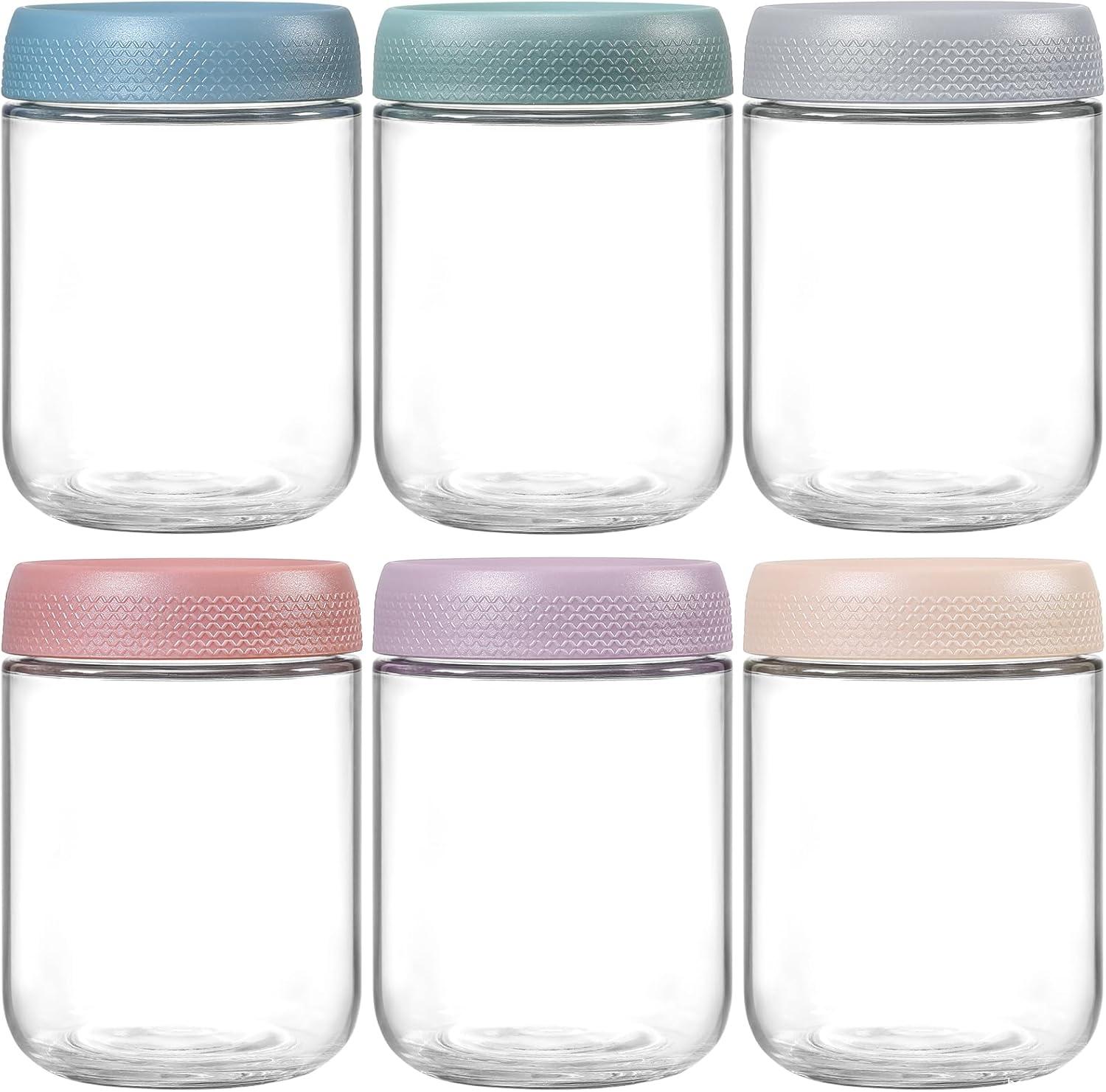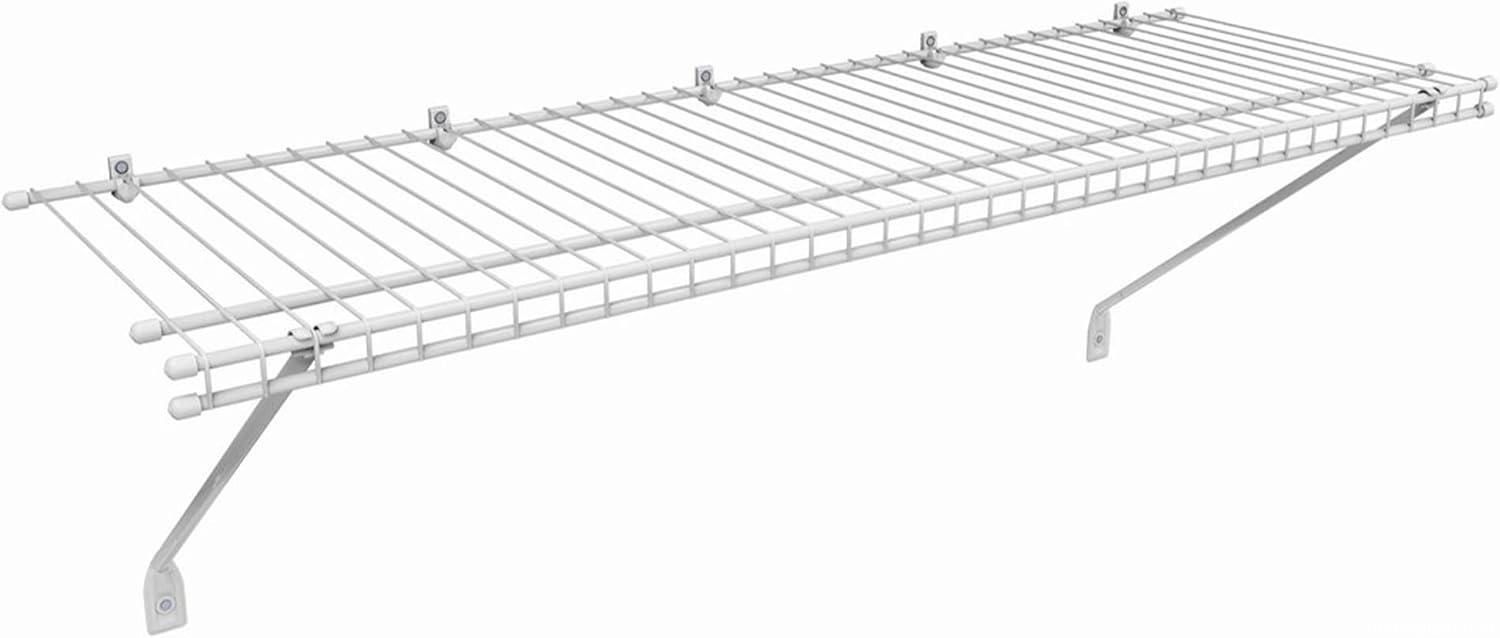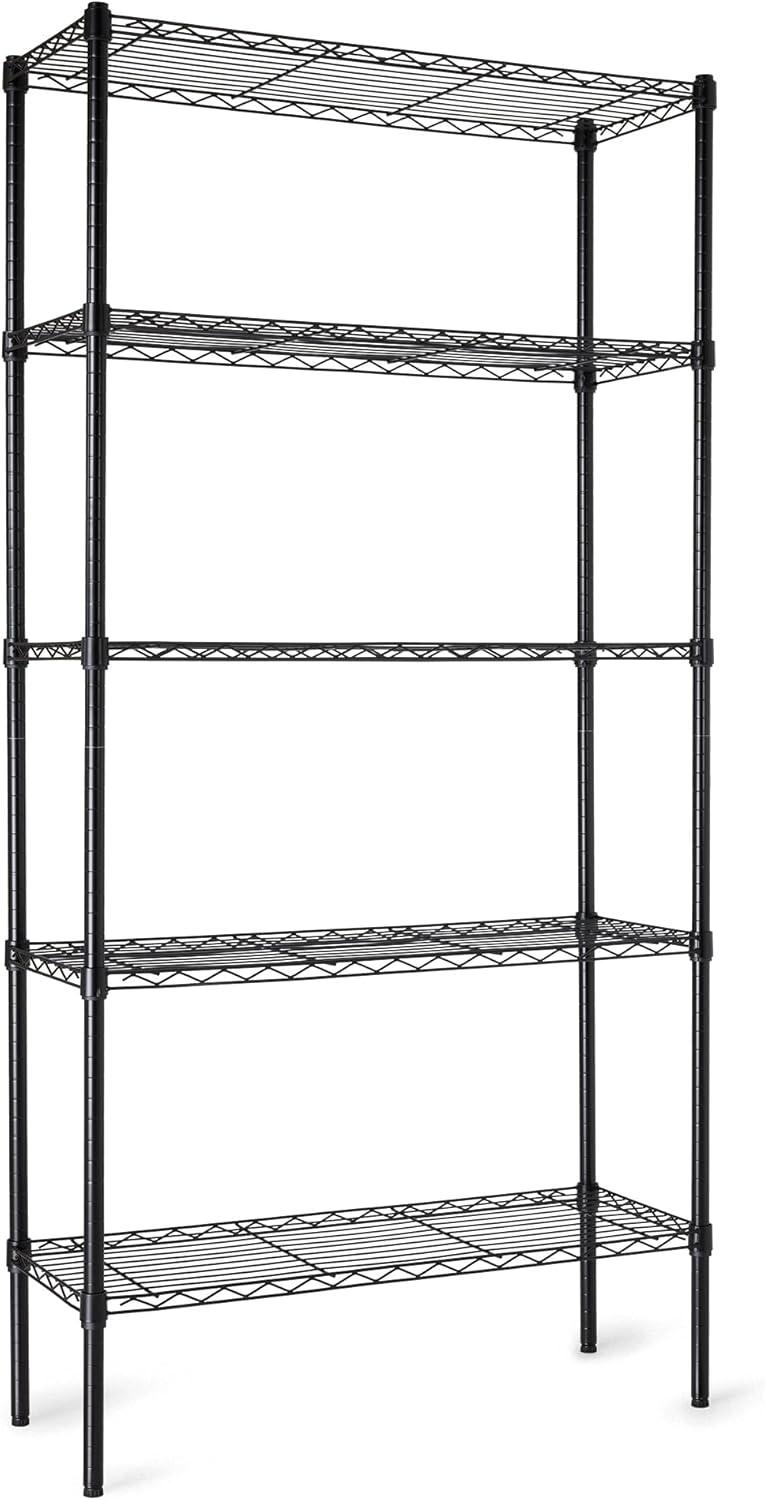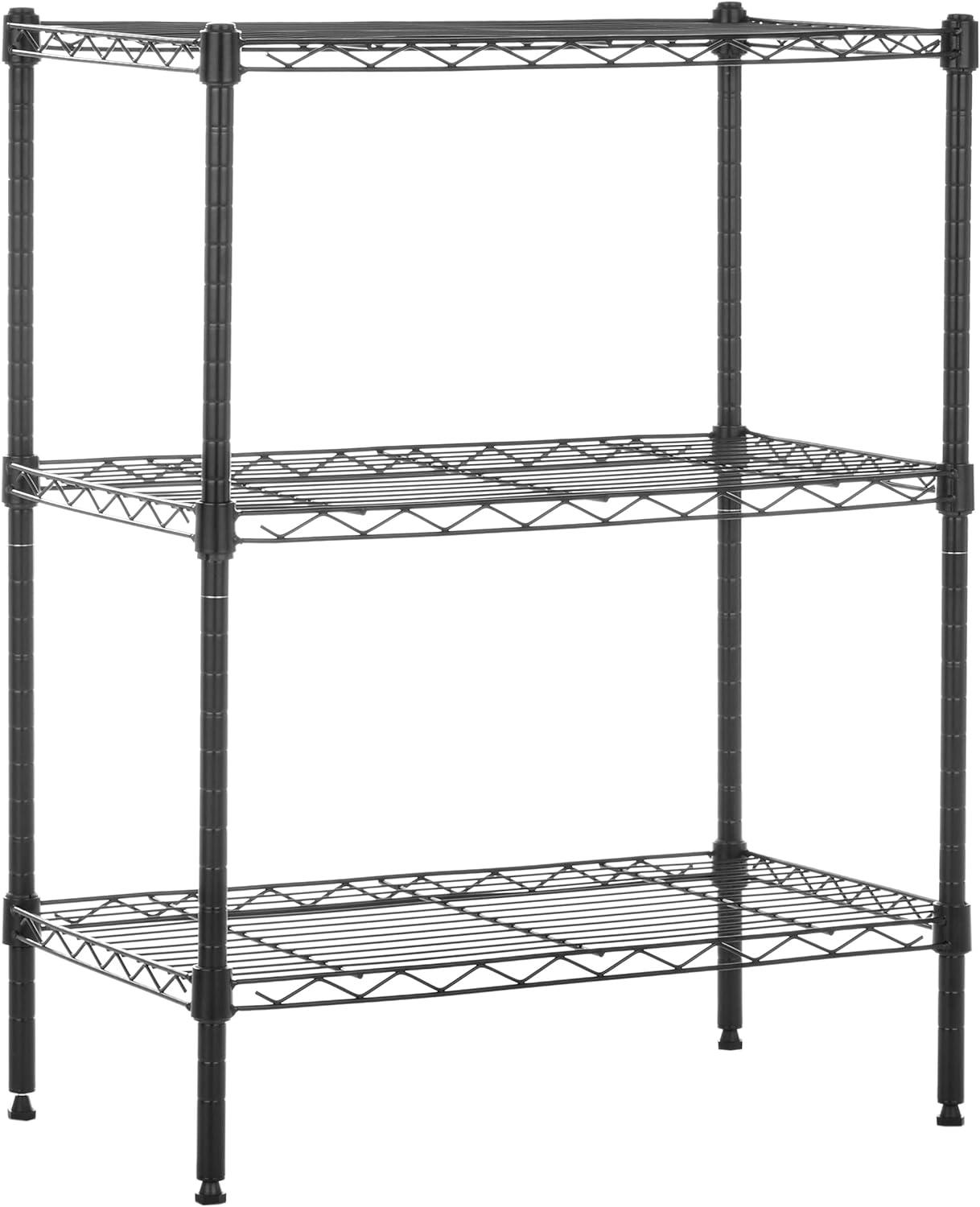Best Reusable Silicone Food Storage Bags & Best Mylar Bags for Long Term Food Storage (Freezer, Backpacking, Compostable Options)
Best Reusable Silicone Food Storage Bags & Best Mylar Bags for Long Term Food Storage (Freezer, Backpacking, Compostable Options)
- Snapshot: Silicone vs Mylar vs Compostable — which to use where
- Buying Guide: How to choose silicone, mylar, and compostable bags (thickness, seals, sizes, safety)
- Use Cases: Freezer, backpacking, pantry preps, and everyday snacks
- Top Picks Overview (by scenario)
- Related Top Picks: Pantry & freezer container alternatives
- Product Cards: Specs, pros/cons, and why we chose them
- How‑to: Mylar sizing, sealing, labeling, rotation; cleaning silicone bags
- Conclusion and next steps
Snapshot: Silicone vs Mylar vs Compostable — which to use where
Choosing the best food storage tool depends on your task, time horizon, and weight tolerance. Here’s a quick decision snapshot:
- Reusable silicone food storage bags (best reusable silicone food storage bags / best silicone food storage bags):
- Best for: Daily fridge/freezer use, marinating, sous-vide, leftovers, liquids. Great “zip-bag” replacement.
- Why: Thick, non‑toxic silicone tolerates cold/heat, is leak‑resistant, and easy to wash/reuse. Choose stand‑up for soups and bulk freezing, flat for slim storage.
- Not ideal for: Ultra‑light backpacking (heavier than disposable pouches), multi‑year long‑term pantry storage.
- Mylar bags (best mylar bags for long term food storage):
- Best for: Long‑term pantry storage of dry goods (grains, rice, beans, oats, dehydrated meals) 1–25 years when paired with proper O₂ absorbers and cool, dark storage.
- Why: Mylar’s excellent oxygen and light barrier preserves nutrition and flavor far longer than typical plastics.
- Not for: Liquids or frequent open‑close use; requires heat‑sealing and labeling/rotation.
- Compostable bags (best compostable food storage bags):
- Best for: Short‑term pantry snacks, produce, and low‑mess items when you want end‑of‑life compostability.
- Why: Certified compostable materials (ASTM D6400/EN 13432) break down in industrial or home compost systems (check claims).
- Not for: Long‑term storage, heavy liquids, or very cold freezers (many get brittle). Verify freezer rating if needed.
Buying Guide: How to choose silicone, mylar, and compostable bags (thickness, seals, sizes, safety)
Reusable silicone bags (best reusable silicone storage bags / best non toxic reusable food storage bags)
- Material & safety: Look for food‑grade, BPA‑free, and preferably LFGB‑certified silicone (stricter than basic FDA compliance). Avoid dyed silicone that feels chalky (possible fillers).
- Thickness & durability: Thicker walls (often around 0.4–0.6 mm or noted as “heavy‑duty”) resist punctures and hold shape in freezers. Thinner walls are lighter but less durable.
- Seal type:
- Pinch‑lock (integrated press seal) is simple and dishwasher‑safe.
- Slider bars are easy to align but small sliders can get lost or warp in dishwashers.
- Stand‑up vs flat: Stand‑up bags are easier to fill and great for soups or batch freezing. Flat bags save space for snacks and small cuts of meat.
- Heat/cold compatibility: Confirm freezer, microwave, dishwasher, and sous‑vide ratings. Many premium silicone bags handle boiling‑water sous‑vide temps.
Mylar bags (best mylar bags for food storage / best size mylar bags for food storage)
- Thickness (mil): 5–7 mil is the sweet spot for long‑term storage. 7‑mil resists puncture and light better than 3.5–4 mil bags.
- Sizes:
- 1 quart (0.25 gal): spices, herbs, small dehydrated portions.
- 1 gallon: rice, beans, oats, flour (smaller manageable units reduce waste after opening).
- 2–2.5 gallon: larger family portions.
- 5 gallon liners + buckets: bulk staples for preppers (most common “bucket kit”).
- Oxygen absorbers (cc): Match to bag volume and food type.
- ~100–150 cc for 1 quart; ~300–500 cc for 1 gallon; ~2000–2500 cc total for 5‑gallon buckets.
- Use more for foods with residual air spaces (e.g., pasta) and ensure quick sealing after opening absorber packs.
- Sealing: Use an impulse heat sealer or a household iron/flat hair straightener. Seal most of the top, push out air, drop in O₂ absorber, and finish sealing.
Compostable bags (best compostable food storage bags)
- Certifications: Look for ASTM D6400 (US) and EN 13432 (EU). “Home compostable” labels are more strict than “industrial compostable.”
- Use limits: Most compostable films are not designed for multi‑year storage, high‑liquid loads, or repeated freezing. Fit them to short‑term snack and produce use.
Non‑toxic criteria (best non toxic food storage bags)
- Seek BPA‑free, BPS‑free, phthalate‑free claims. For silicone, LFGB compliance is a plus. For mylar, look for food‑grade PET/aluminum laminates with reputable sellers.
Use Cases: Freezer, backpacking, pantry preps, and everyday snacks
- Freezer meats/veggies (best food storage bags for freezer): Heavy‑duty silicone stand‑up bags resist leaks and freezer burn for shorter cycles (weeks to months). For bulk batch prep, rigid containers with airtight lids also stack well in freezers.
- Dehydrated meals for backpacking (best food storage for backpacking): Mylar pouches with O₂ absorbers are lighter than silicone and protect flavor. Consider portioned 1‑quart or 1‑gallon bags for individual meals.
- Pantry long‑term dry goods for preppers (best food storage containers for preppers): Use 5‑gallon mylar liners in buckets plus appropriate O₂ absorbers. Label and store cool (50–70°F), dry, and dark.
- Everyday snacks and produce: Compostable bags for low‑impact, short‑term convenience; silicone for repeated wash‑and‑reuse.
Top Picks Overview (by scenario)
- Best reusable silicone set (overall): Thick, LFGB‑grade, stand‑up + flat mixed sizes, leak‑resistant press seal, freezer/sous‑vide safe.
- Best budget freezer bags (reusable alternative): Sturdy, stand‑up designs with wide openings; clear volume marks; slider or robust press seal.
- Best compostable kitchen bags: Certified ASTM D6400/EN 13432; size range for produce/snacks; note freezer limits.
- Best mylar bags for long‑term: 5–7 mil kits with assorted sizes and correctly sized O₂ absorbers; heat‑sealer ready; writable surfaces.
- Best lightweight backpacking kit: Quart/gallon mylar pouches, measured O₂ cc packs, plus pre‑printed labels for meal planning.
Shopping in the UK? Search for “best silicone food storage bags UK” and verify LFGB compliance. For mylar, look for UK/EU suppliers with 5–7 mil offerings and O₂ kits; check community feedback threads (e.g., “best mylar bags for food storage reddit”) for real‑world sealing and durability experiences.
Related Top Picks: Pantry & freezer container alternatives
While this guide focuses on silicone, mylar, and compostables, rigid containers can complement your system: stackable deli containers for batch meals, and glass jars/meal‑prep boxes for pantry/fridge use. Below are three related picks included for readers who split storage between bags and rigid containers.

Freshware Food Storage Containers [50 Set] 16 oz Plastic Deli Containers with Lids
Stackable, BPA-free deli cups with airtight, leakproof lids; microwave, dishwasher, and freezer safe. Excellent budget option for batch cooking and freezing portions.

NETANY 6-pack 16 oz Overnight Oats Containers with Airtight Lids
BPA- and lead-free glass jars with truly airtight lids and stackable design; ideal for snacks, yogurt, sauces, and pantry staples.
10 Packs 30 oz Glass Meal Prep Containers with Lids (KOMUEE)
Borosilicate glass bento boxes with snap-lock, silicone-sealed lids; microwave, freezer, and dishwasher safe; oven safe without lids.
Product Cards: Specs, pros/cons, and why we chose them

Freshware Food Storage Containers [50 Set] 16 oz Plastic Deli Containers with Lids
50-count set of BPA-free, stackable deli containers with airtight, leakproof lids. Microwave, freezer, and dishwasher safe; practical for meal prep, soups, and batch freezing.
- Pros: Excellent price-per-container; airtight/leakproof lids; freezer/microwave/dishwasher safe; easy portion control for 16 oz servings; stack neatly in freezers and fridges.
- Cons: Plastic (not silicone or compostable); not an oxygen barrier for multi‑year storage; lids can warp with very high heat exposure; not designed for ultralong pantry storage like mylar.
Why we choose it: For readers searching “best food storage bags for freezer,” these disposable-style deli cups are a proven budget workhorse for batch cooking and freezing single portions without leaks, complementing reusable silicone or mylar systems.

NETANY 6-pack 16 oz Overnight Oats Containers with Airtight Lids
Premium BPA-free and lead-free glass jars with an airtight seal and stackable lids. Sized for snacks, yogurt, sauces, small salads, and pantry items.
- Pros: Non‑toxic glass; reliable airtight lids reduce spills and keep foods fresh; stackable; versatile for both pantry and grab‑and‑go snacks.
- Cons: Heavier and breakable vs silicone bags; not space‑efficient for bulk frozen items; not suitable for ultralight backpacking or long‑term oxygen barrier like mylar.
Why we choose it: Searches for “best non toxic food storage bags” often lead people toward safer materials; these airtight glass jars are an ideal complement for pantry snacks and fridge items when you don’t need a flexible bag.
10 Packs 30 oz Glass Meal Prep Containers with Lids (KOMUEE)
Set of 10 borosilicate glass containers (30 oz) with snap-lock lids and silicone gaskets. Microwave, freezer, and dishwasher safe; oven safe without lids; suited for portioned meals.
- Pros: Durable borosilicate handles temperature swings; airtight snap locks reduce spills; portion control at 30 oz; multi‑appliance compatible.
- Cons: Glass is heavier; lids are not oven‑safe; gasket channels can trap moisture/odors if not fully dried; not a substitute for mylar in long‑term storage.
Why we choose it: For freezer meal preppers seeking an airtight, oven‑capable alternative to bags, these containers bridge cooking and storage. They pair well with silicone bags for liquids and mylar for dry long‑term goods.
How‑to: Mylar sizing, sealing, labeling, rotation; cleaning silicone bags
Choosing mylar sizes (best size mylar bags for food storage)
- Backpacking meals: Quart and 1‑gallon pouches for single and 2‑serving dehydrated meals.
- Pantry staples: 1‑gallon bags for rice, oats, beans; 5‑gallon mylar liners for bulk + food‑grade bucket storage.
O₂ absorbers and sealing
- Stage your bags and labels first. Open absorber packs last.
- Fill the bag, shake to settle, and leave 2–3 inches of headspace.
- Drop in the correct O₂ absorber: ~100–150 cc (quart), ~300–500 cc (1 gal), ~2000–2500 cc total (5 gal).
- Heat‑seal with an impulse sealer or a household iron/flat hair straightener. Seal most of the top, press out air, insert absorber, and finish the seal quickly.
- Label contents and date. Store cool (50–70°F), dark, and dry.
Labeling and rotation
- Use permanent marker on mylar; add cook times and water ratios for dehydrated meals.
- Practice FIFO (first in, first out). Keep a simple spreadsheet or shelf labels for rotation.
Cleaning silicone bags (best non toxic reusable food storage bags)
- Rinse immediately after use to minimize staining and odors.
- Dishwasher safe: place open on top rack; ensure seals are fully dried.
- For odors: soak in warm water with baking soda, or a 1:1 vinegar solution. Let air‑dry fully; sunlight helps deodorize.
- Avoid sharp utensils; for greasy residues, a small drop of dish soap before loading in dishwasher improves results.
Conclusion and next steps
Match the bag to the task. For daily use and freezing liquids, the best reusable silicone food storage bags shine. For multi‑year pantry preparedness, the best mylar bags for long term food storage with correctly sized O₂ absorbers are unmatched. Compostable options reduce waste for short‑term snacks and produce. Complement your bag system with airtight rigid containers when stacking and oven‑to‑table convenience matter.
If you’re also comparing rigid options:
- Best Airtight Glass Containers — for stackable pantry/fridge/freezer sets.
- Best Non‑Plastic & Baby Food Containers — stainless steel, glass, and silicone picks.
Finally, for readers in the UK searching “best silicone food storage bags UK” or “best reusable food storage bags UK,” prioritize LFGB‑certified silicone and supplier transparency. For mylar, choose 5–7 mil kits from reputable prepping suppliers and check community feedback threads (e.g., “best mylar bags for food storage reddit”) for sealing tips and long‑term results.












